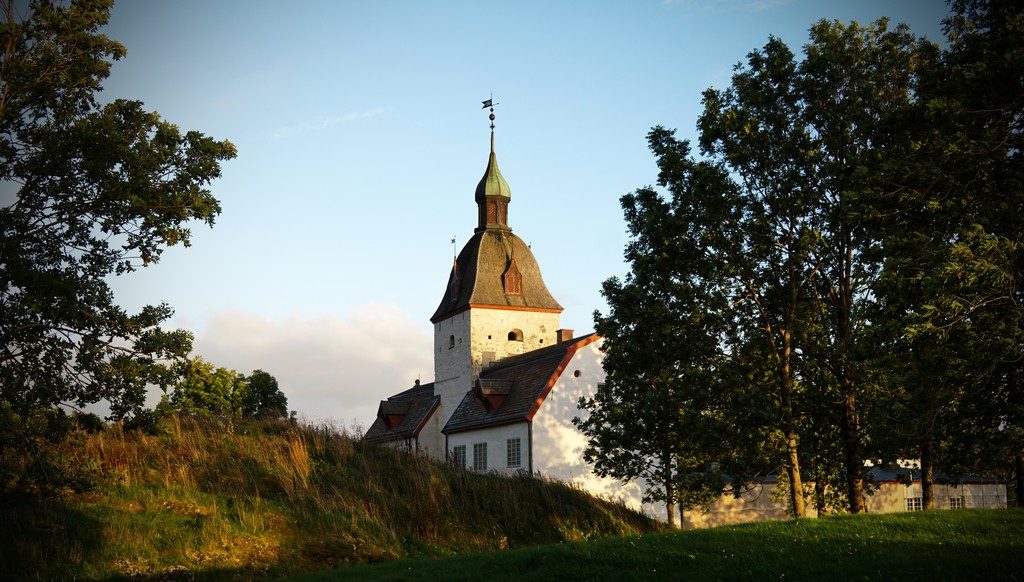For 700 years from about year 1000 the nobility shaped and built the the manor and landscape of Austrått. From 1721 the manor was owned by private owners, but since 1919 Austrått has been owned by the state.

Austrått mano
Even though a lot has been lost through the centuries, a large cultural heritage has been preserved for modern times. Dame Ingerd Ottesdatter (1475-1555) was one of Austrått’s most well-known owners. She played a significant role in the shift from catholisim to protestantism. It was during her time that the main bulding was erected. The Eastern part and the tower is from 1150-1220; in other words far older. Ove Bjelke was one of the formost nobelmen of Norway in the sixteen hundreds. He’s responsible for Austrått the way we know the manor today, with the pyramid from 1665, the main gate surroundet by coats of arms, the buildings at the lower portion and caryatids, loggia, burial chambergravkor for his own and his wife’s remins, and the outfitting of the chapel. The chapen contains seven wooden sculptures from the Middle Ages, amongst them the Austrått madonna from the 12-hundreds. Great wrought iron work from the era of Dame Ingerd and Ove Bjelke can also be experienced at Austrått.